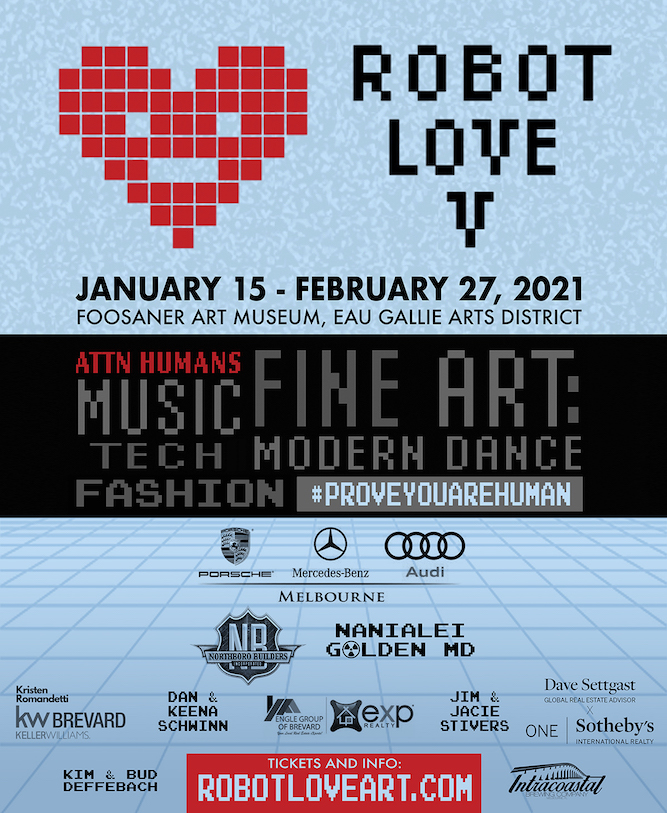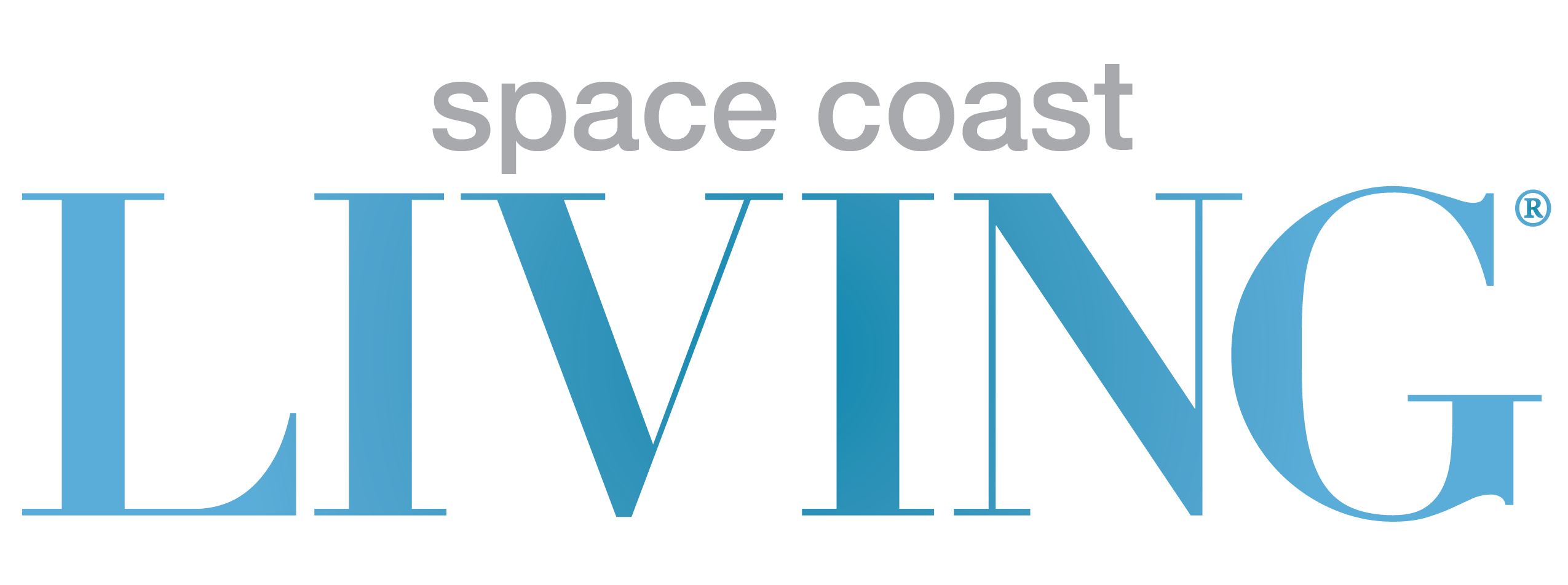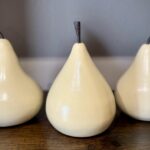A RADICAL COLLISION:
PART V
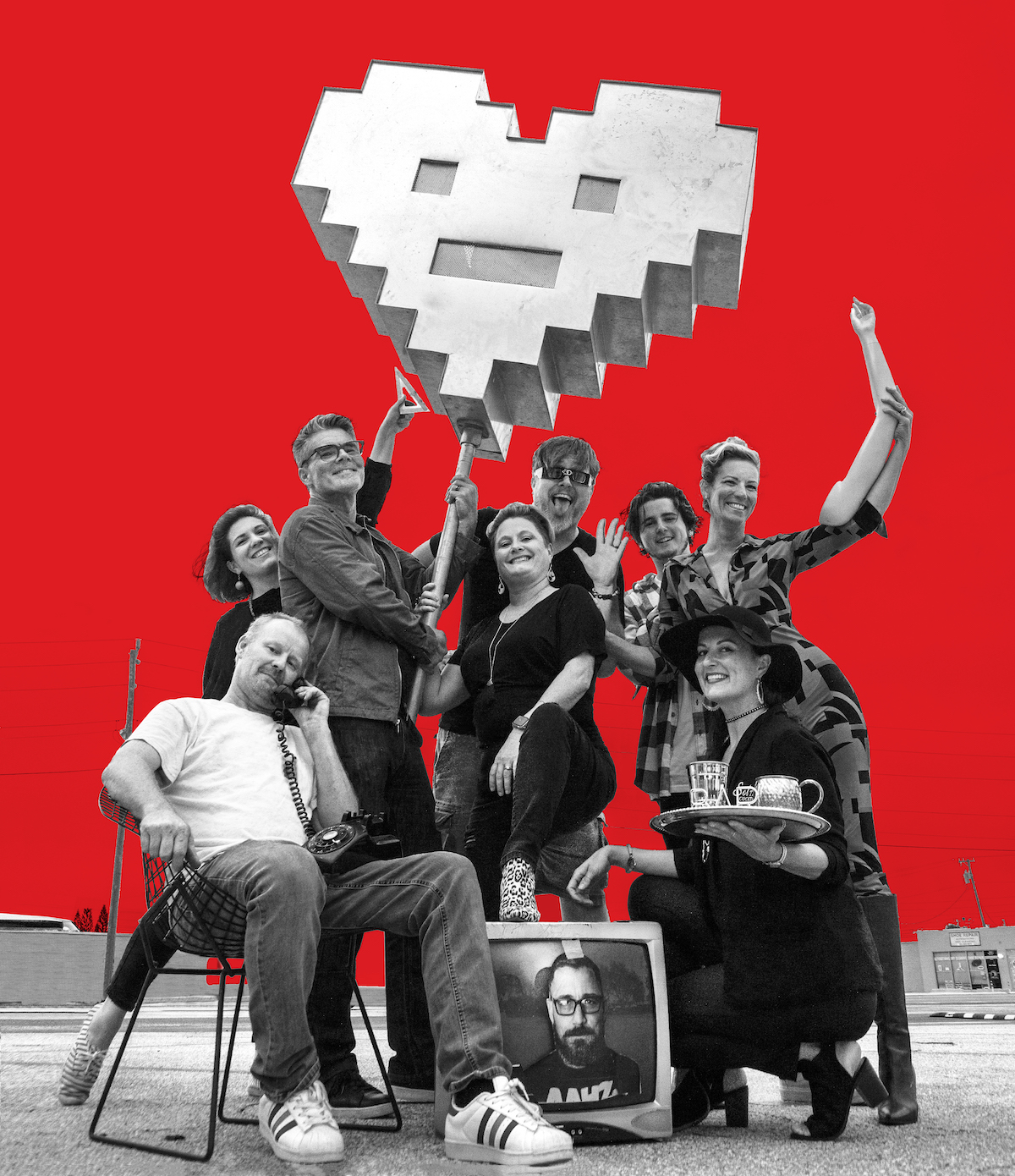
The Space Coast has more engineering talent per capita than any other region in the United States making it one of the best places to live if you desire to push the limits of what’s possible in technology.
Moonshot creativity is a shared culture in the region that craves to be tapped according to internationally acclaimed artist and Space Coast resident Derek Gores who has recently been commissioned for special projects by Adidas, Playboy, and high fashion brands like Rinascente.
Gores currently serves as the first-ever artist in residence at the Hotel Bel-Air in Los Angeles and has played an active role in raising the profile of the arts scene in the Eau Gallie Arts District (EGAD) for the past two decades. He says that while this coast is known best for its rockets, it has the potential to be known for its radically inclusive approach to the creative process.
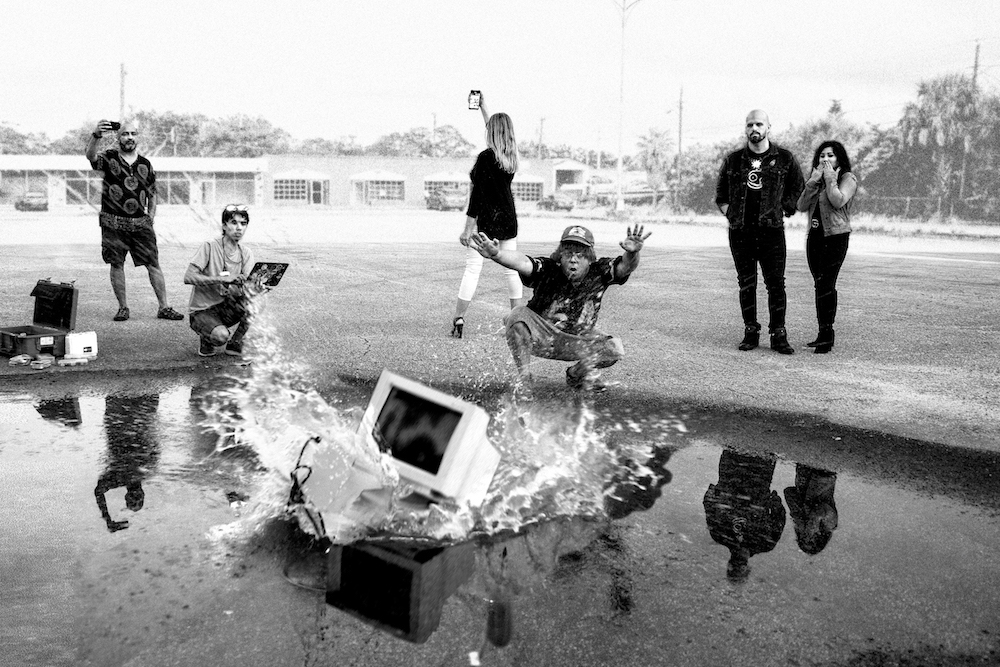
RADICAL ART COLLISION
“We have the ability to have computer hackers, breakdancers, designers and choreographers come together to create art,” Gores said, “it’s that shared passion that calls hundreds of people to contribute to a radical art collision like Robot Love.”

Gores is one of more than 500 artists who have participated in the Robot Love art show since it launched in 2008 under the ragtag leadership of 321 Agency, a group of web designers who occasionally used surplus company funds to host unofficial art shows in the streets of Eau Gallie.
Gores now acts as one of the show’s producers and says Robot Love will always be strategically non-strategic in its effort to blend visual and performing arts with technology and give creators of all kinds of permission to
“make art using their own creative language.”
This year, in an effort to honor pandemic guidelines and provide a uniquely intimate experience for each guest, Gores and co-producer Marty Mercado say the show will take place over six weeks at the Foosaner Art Museum in EGAD.
EVERYTHING IS NEW AGAIN
“It is our tradition here to break new ground for new ideas; to be the first to think new thoughts and use new words to define new goals,” said Cliffton Chandler. “This isn’t an analogy, it’s a description. Just as Satellite Beach isn’t a euphemism, it’s a town. And it’s the first town called satellite.”
As far as what to expect from this year’s show, anonymous sources say construction has begun on a new Robot Love Factory that will allegedly begin to manufacture Art, Music, and Love. Shows from years past have featured renditions of the Internet of Things, robot bboy battles, robot dating shows, suspended-from-the-rafters dancing, Prove You Are Human podcasts, rock climbing exhibitions, and have each been headlined by the esteemed not-so-local, but born-and-bred Space Coast band SWIMM.
According to EGAD residents Maria Storman and Ryan “Speerbot” Speer, Robot Love No. 5 has more significance than ever this year because the museum is closing and that the community needs closure. Storman moved to the Space Coast as a floral designer and understudy to the legendary Link Johnson in 2005. Storman and Speerbot, who had also relocated to the area, met and fell in love at Robot Love in 2008. They say they’re not the only ones who have had their lives changed by the show.
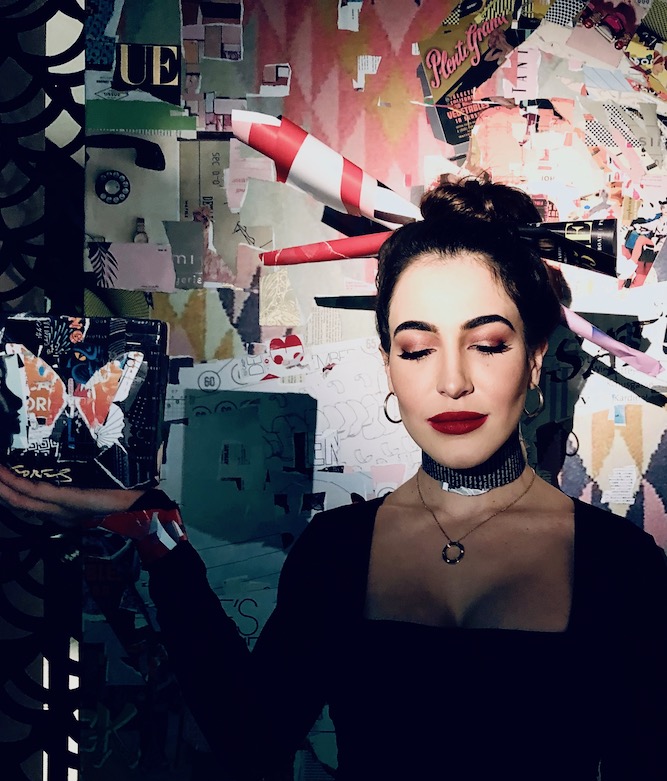
CELEBRATING THE FOOSANER
Robot Love will be one of the last exhibits to take place at the museum before it shuts its doors permanently, making the show an opportunity to celebrate what Foosaner leaders and donors have done for the arts community and challenge emerging and established artists to reinvent an epic center for art and culture in EGAD.
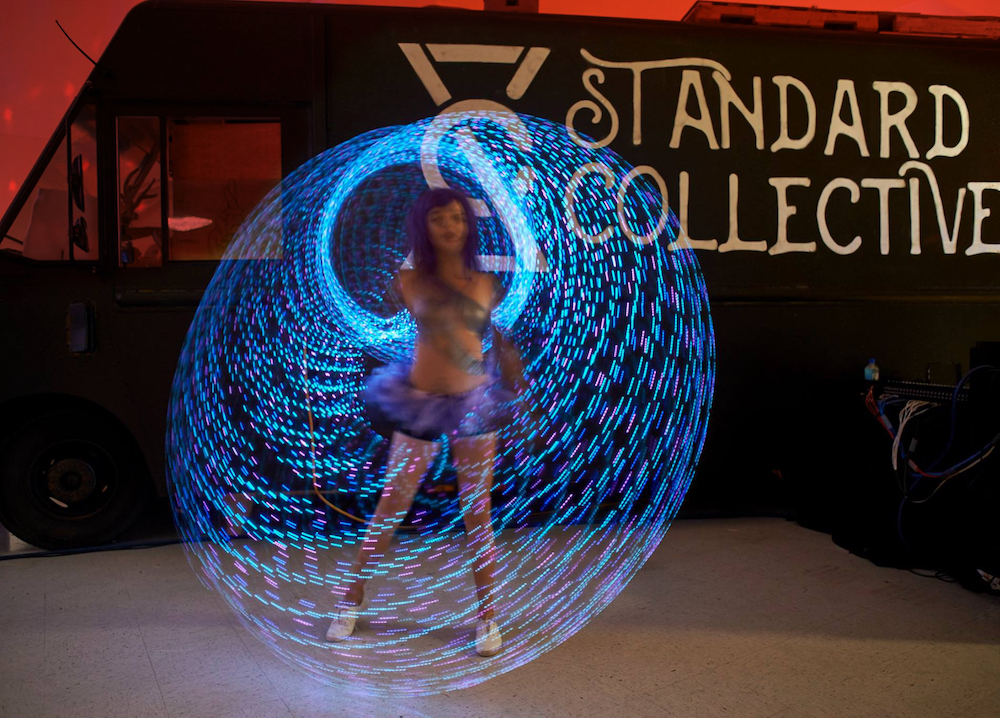
Mercado, a classically trained dancer who performed professionally in New York City in the 80s, says the past five shows have given her dance students the opportunity to use the constraints of unfamiliar venues as an opportunity for more improvisational, environmentally informed self-expression. Mercado said that radical, collaborative experiences like Robot Love excite the performing arts industry and that it’s one of the many reasons why 100% of her students have gone on to perform professionally.
“They call me the Mother of Robots,” Mercado said, adding that the use of indoor and outdoor spaces around the museum this year will allow “her babies” to explore multiple layers of dynamic performing arts engagement. “My skill is finding the art in people and showing them the value their art offers to a specific scene, stage, or scenario.”
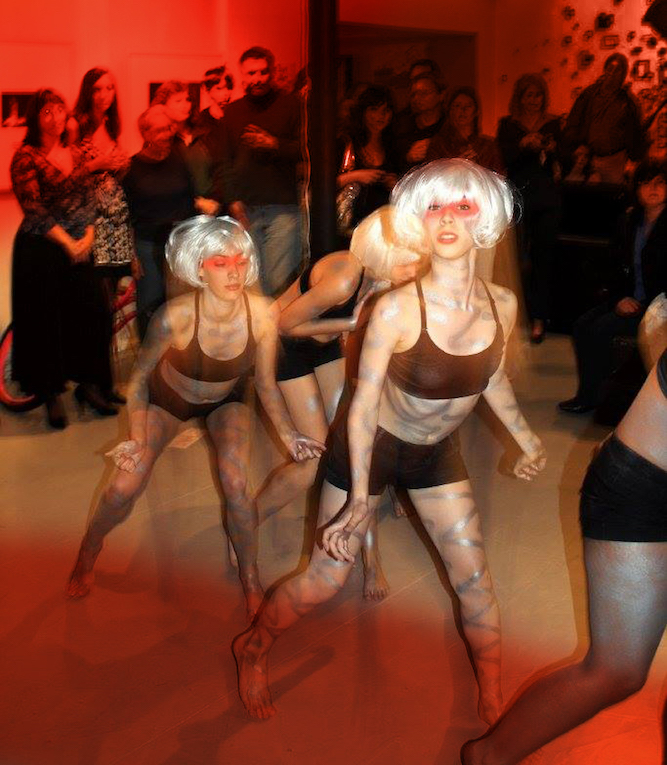
Master craftsman, designer, and Space Coast native Cliffton Chandler has served as the spiritual mascot to Robot Love since the beginning and is credited with inspiring 321 Agency to start hosting art shows and then grow the scene to new, unexpected venues. Chandler works with all members of the creative class to layer in elements of discovery and surprise throughout the show. Chandler says his family has made major contributions to the space program and that the desire to experiment with the creative process is in the DNA of the Space Coast community.
ART AS COLLABORATION
“Everyone has an art in them that wants to come out in some way,” Speerbot said, reflecting on his time as Art Director for the show in its early, no-budget startup days. “We started Robot Love because we were nerds that wanted to be cool, party, and get girls and it’s exciting to see how the show — as infrequent as it is — has helped to fuel our personal and professional lives in ways we never expected.”

Storman said by design half the artists in the show do not identify as “artists” but contribute a unique skill or trade to a collaborative experience within the show. She said when the collective started out in 2008, she didn’t see herself as someone who would sign up to take part in an art show outside of her 9-to-5 schedule as a floral designer.
“It’s incredible to see how the show has become more elevated over the years thanks to major players like Gores getting involved,” Storman said.
“We’re all at a different stage in our lives now and it will be great to reconnect with the usual suspects and even more meaningful to see what new, emerging artists will bring to center stage.
ROBOT HISTORY
AS DOCUMENTED
BY HUMAN RYAN SPEERBOT.
Robots were created in 1921 by the Czech human Karel Capek and first produced by the Rossum’s Universal Robots Corporation. Predictably, they showed a proclivity to turn on their creators and… kill or enslave them.
To robots it seemed like the only logical thing to do.
Human beings emitted odors and were highly inefficient. The robots felt no remorse, because robots don’t feel anything. It was nothing personal.



It continued on this way for some time, until one day the robots realized they craved three things that only humans could produce: art, music, and their natural byproduct — love. Not quite in the same emotional way we humans “crave” things. You see, art fine-tuned their processors by allowing them to practice filtering out abstract and illogical data; the rhythm of music made their movements precisely timed and highly efficient. Subsequently, the robots discovered that love, a naturally occurring byproduct of art and music, could be converted into a highly concentrated fuel for their robot hearts.
As it turned out, after much robot debate and a tireless search for alternatives, the only creatures on earth capable of producing all three of these resources were the humans. The easy part for the robots was to stop killing the humans, since it was no longer logical to do so. The hard part was getting the humans to produce art, music, and love in captivity because of their proclivity to become depressed and malfunction when placed in cages. The robots soon realized they would need to convince the humans to freely share their art, music, and love. However, nearly a century of robots turning on and killing or enslaving had led to a certain level of mistrust of robots among the human population.
Knowing they had a major P.R. problem on their hands, the robots activated their sincerity protocol. The goal: to convince the humans that robots no longer wanted to kill or enslave them, but instead wanted to throw them a big party (inside a human-processing factory) where all the humans could gather to frolic and enjoy art, music, and love. In 2009, In association with the robots, a collection of sympathetic ‘creative’ human friends created Robot Love and thousands of humans came to experience art, music, and love. Mind-boggling amounts of robot heart fuel were produced, and the robots did not kill or enslave any humans. The humans and robots rejoiced in their newfound symbiosis (Well, the humans rejoiced… The robots simply continued to function with soul-less efficiency).


Q+A
WITH HUMAN ART CURATOR
CLIFFTON CHANDLER
A Robot Interviews Cliffton Chandler

Q: Got a sec? Got some questions you could answer for a write up about this year’s Robot Love art show, and about Robot Love in general. Won’t take long. Why is it a multidisciplinary art show?
A: You mean like why does Robot Love insist on combining art, and music, and tech, and dance, and everything, combined together, risking chaos, rather than have them all stay in their own lane? Here’s the long answer: it feels better. Our senses aren’t meant to be isolated or work in isolation. We feel our most alive with all our feelers feeling. An inverse example of what I mean might be how clinical depression is often described as numbness. We know that sensory deprivation is both a symptom of derangement and a cause. So a better question might be why we were ever so eager to separate painting from dancing in the first place. … whew … Or the short answer is that my friends are all multitalented. Both answers are true.
Q: In a team that from the start included you, Derek, Marty, Speer, what do you specifically bring to the dy- namic of Robot Love? What part of the job do you take on with passionate urgency?
A: Great question man. Sounds kinda translated from Japanese. What do I bring to the team with passionate urgency? Ask anybody. I bring ‘The Audacity’.
Q: What feels different 11 years into Robot Love?
A: Change is the only constant. I told you already how my friends– and my friends’ friends– are all multitalented. So they react to changes in venue, timing, context, etc. by making changes in their creative process to say something new, or debut a new skill, or play a new role in the design process or project management. But it isn’t chaos at all. We expect change, and we embrace it. So while experiences and end results vary from year to year, with varying degrees of success, the common thread throughout is the optimism.
Q: What’s Robot Love’s job?
A: To protect and serve.
Q: Why should I go?
A: Because the map is not the territory. See for yourself.

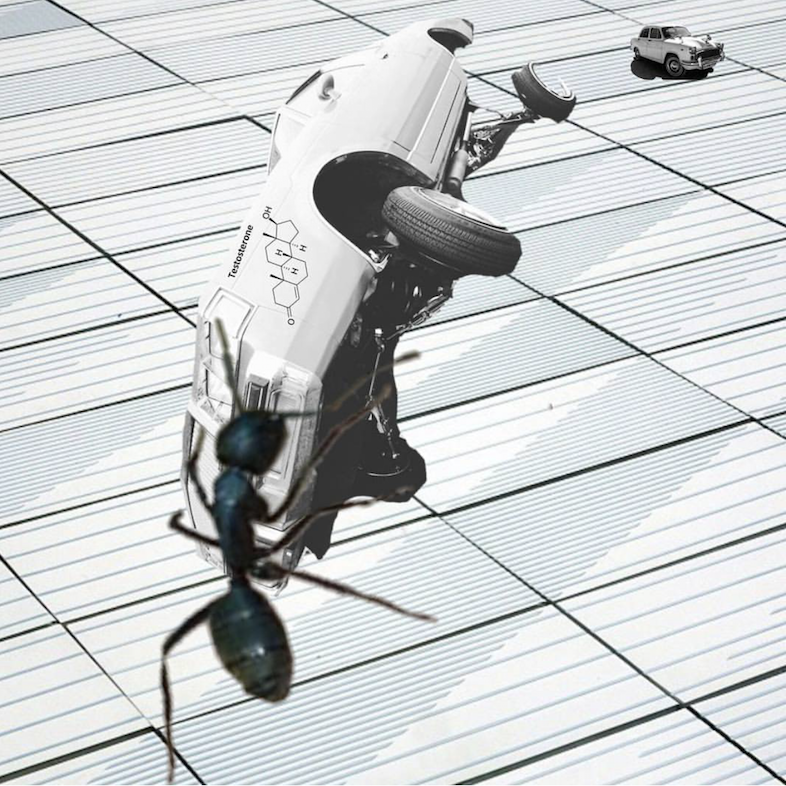
SCHEDULE OF EVENTS
MORE INFO AND TICKETS: ROBOTLOVEART.COM
FOOSANER ART MUSEUM
January 15 – February 27, 2021
Opening Night: Friday, January 15, limited tickets available at robotloveart.com
Public Opening: Saturday, January 16, 10-4pm
General Schedule: Wed – Sat through Feb 27, 10-4.
Limited Private Events available.
Special Events and Workshops to be announced at robotloveart.com
FashiON/OFF: Closing Event Sat. Feb 27, limited tickets available at robotloveart.com
NOTE: All exhibits and events conducted under strict CDC and local guidelines.
